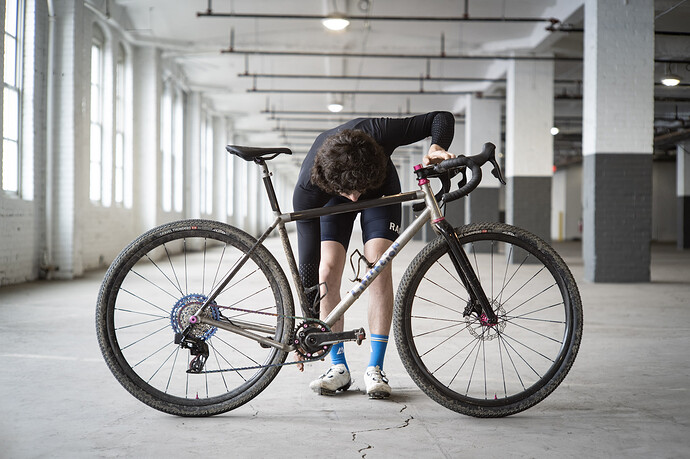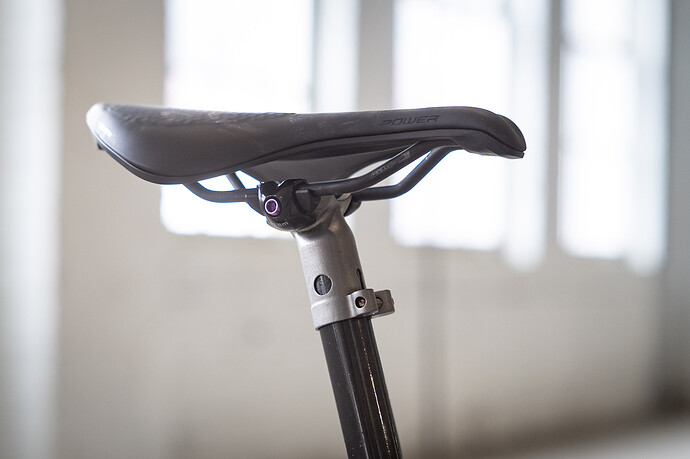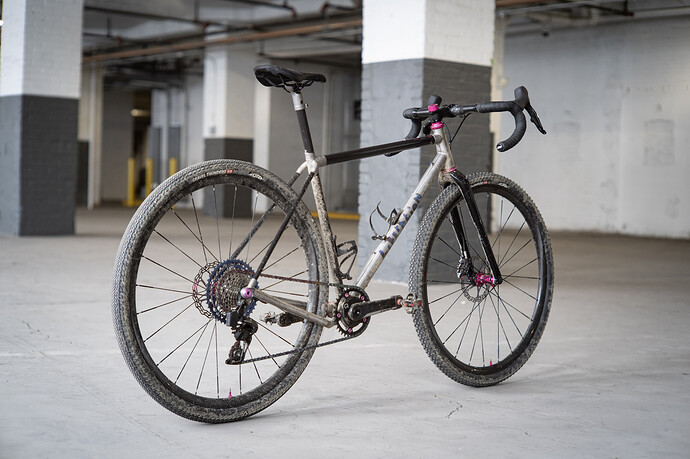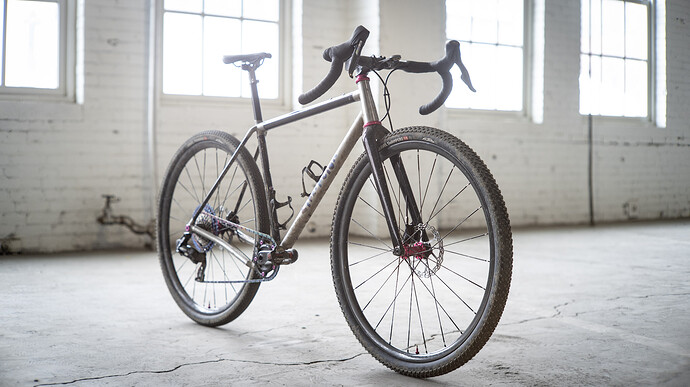Ride report: very very good! It’s the first bike that I can say actually feels “damped” going over bumps. I’m really interested in tracking down why - my guess is it’s the wheels but it could be frame flex too? I’m going to see how my deep carbon rims and 28mm tires feel on it next week.
Final weight is 7.5kg/16.5lb (including cages/computer mount/pedals). I don’t notice the lack of weight at all ![]() I’ve set some personal hill climb PRs with it already but I attribute that more to stoke & gearing than anything else.
I’ve set some personal hill climb PRs with it already but I attribute that more to stoke & gearing than anything else.





